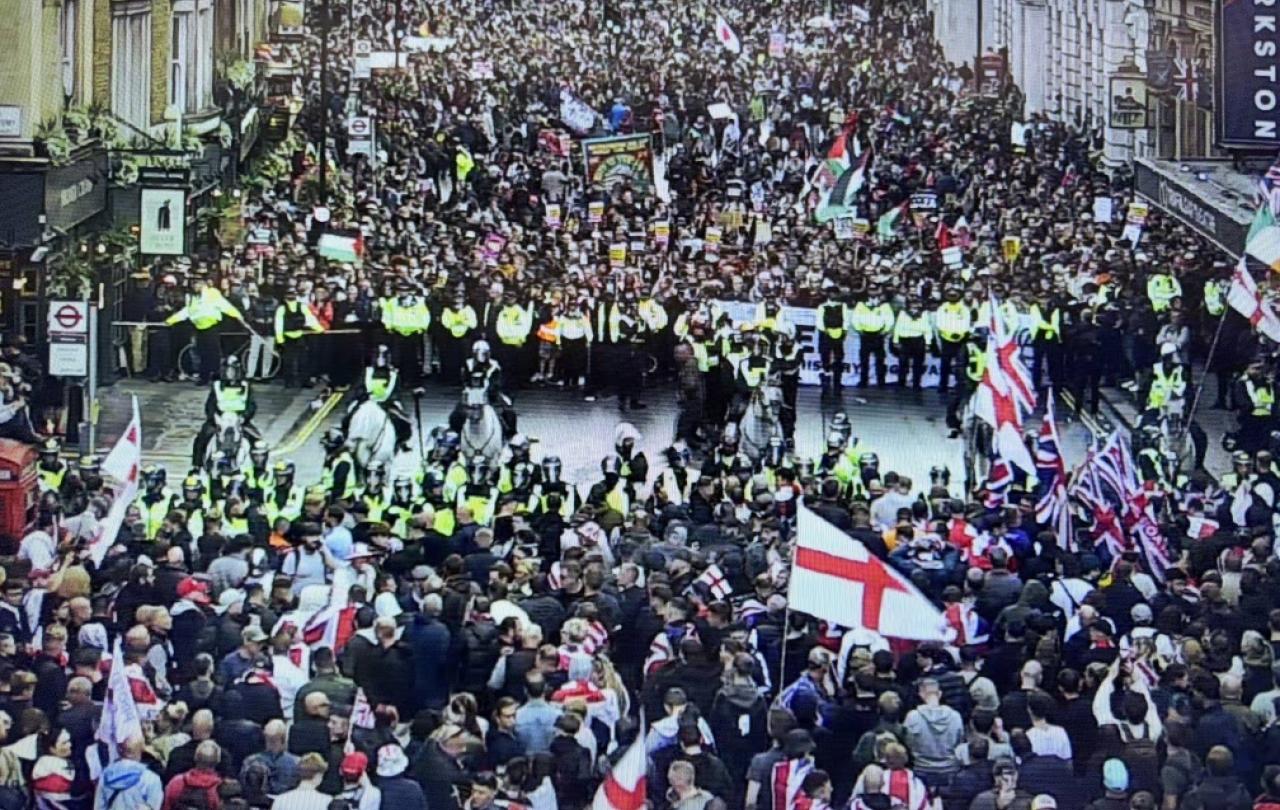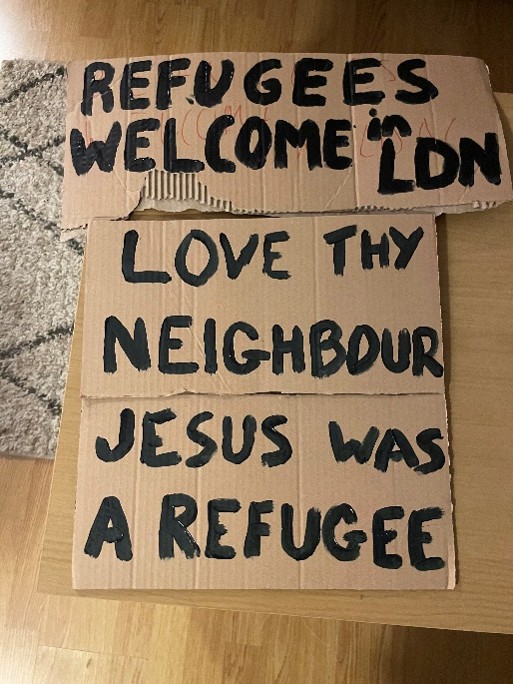Canada is on edge. The world feels more volatile than it has in years, and at the center of the political storm is the looming presence of Donald Trump. With a Canadian election called this past Sunday, Canadians are fixated on a single question: who among our leaders is best equipped to deal with the return of Trumpism?
It is not just about diplomacy; it is about defining Canada's role in a world that is growing more uncertain by the day.
Right now, two figures are in competition: Mark Carney and Pierre Poilievre. They are, in many ways, opposites. Carney, with his economic expertise and international standing, represents a polished, globally respected leadership style. Poilievre, by contrast, channels raw frustration, presenting himself as the anti-establishment fighter ready to take on both the political elite and external threats.
The country is divided, with polls showing both men running neck and neck. The choice before Canadians is not just about policy; it is about the kind of leadership style they believe can best meet the challenges ahead.
Canadians are restless and want a leader with a clear plan - a person who is willing to fight but who also has a strong, actionable vision for the country. Empty rhetoric will not suffice; voters want substance behind the message. They want to know that the elected leaders - and their team - can actually deliver.
This moment demands a different kind of leadership, one grounded in values and virtues that resonate with Canadians. This is because Canadians want to know that their next leader has substance, given the lack of this over the last decade.
Among these, community stands out as essential. Communities are not just social units; they are the backbone of resilience. In times of crisis, as I argued in a previous article Canada’s Long Hot Summer, strong communities determine whether a nation weathers the storm or succumbs to decline.
The plans devised by the Federal government, and in partnership with Canada's thirteen provinces and territories, will need to be delivered at the community level. It will not be government bureaucracies but rather communities pulling Canada through upcoming challenges.
Community is not just about togetherness - it is about shared responsibility and the willingness to take action. Historically, the strength of Canadians comes from pulling together in times of crisis, not from passive compromise. We built our communities with a sense of collective responsibility, recognizing that our prosperity depends on our willingness to support our neighbors.
Canadians respect leaders who fight for their values while delivering results. In hockey terms, we admire the hard-working, two-way player who battles in the corners and delivers when it counts - not someone who plays a careful, neutral game. A leader who embodies that spirit, who presents a clear, actionable plan for Canada’s future, will resonate deeply with voters.
Indeed, the last ten years for Canada have been anything but this: all words and no action.
There is therefore a delicate balance between channeling people's justified frustrations and a focus on presenting a better future.
Now is the time to reflect on individual and shared values and virtues. My own personal and political values are those of integrity, honesty, pluralism, self-reliance, ingenuity, and a commitment to protecting the most vulnerable. Values and virtues are not abstract ideals; they are practical necessities in a rapidly changing world.
For instance, integrity means acting in accordance with one’s principles and delivering on promises. Honesty is about telling hard truths, even when they are inconvenient. Pluralism acknowledges the richness of the Canadian people and the need for different perspectives at the decision-making table. Self-reliance is not about isolation; it is about ensuring Canada can stand on its own economically and politically without over-reliance on others. Ingenuity is about fostering a culture of innovation that keeps Canada competitive in an era of global transformation. And protecting the vulnerable is not charity - it is about creating a country where everyone has the opportunity to contribute meaningfully.
A leader who can embody these types of principles (or any principles) while also presenting a concrete plan for Canada’s future will resonate with voters.
While Pierre Poilievre has had difficulty adapting to the election of Donald Trump and is losing ground in the polls to Carney (a previous 20-point lead now reduced to one), he remains in a good position and can achieve victory by adapting his messaging and policies to the world we are in.
Anger and a focus on the brokenness of Canada is not what Canadians want; dissatisfaction needs to be channeled in a way that is more forward-looking. What can Canadian communities achieve together, based on our shared values and virtues, translating words into actions? Answering this question clearly and authentically is key to Carney's success.
This election is not just about choosing between Carney and Poilievre - it is about what kind of Canada we want to build. Canadians will not be satisfied with vague assurances of moderation or status quo politics. We do not want the same old, and this is where Carney must be careful - bringing voices into his team from beyond the ancien régime. A plurality of voices is powerful.
We want a leader who will take decisive action and who brings real change.
As Canadians, we do not just watch history unfold; we participate in it. We built one of the world’s strongest economies, and now we face the challenge of defending it in an era of deglobalization and shifting alliances. Canada has the resources, the talent, and the spirit to succeed, but we need leadership that understands how to harness that potential.
The political landscape is shifting, and Canadians are ready for change.
The question is no longer just who can stand up to Trump; it is who has the plan, the resolve, and the leadership to ensure Canada thrives in an uncertain world. That is the ballot question, and it will define the country’s next chapter.
Celebrate our 2nd birthday!
Since March 2023, our readers have enjoyed over 1,000 articles. All for free. This is made possible through the generosity of our amazing community of supporters.
If you’re enjoying Seen & Unseen, would you consider making a gift towards our work?
Do so by joining Behind The Seen. Alongside other benefits, you’ll receive an extra fortnightly email from me sharing my reading and reflections on the ideas that are shaping our times.
Graham Tomlin
Editor-in-Chief






